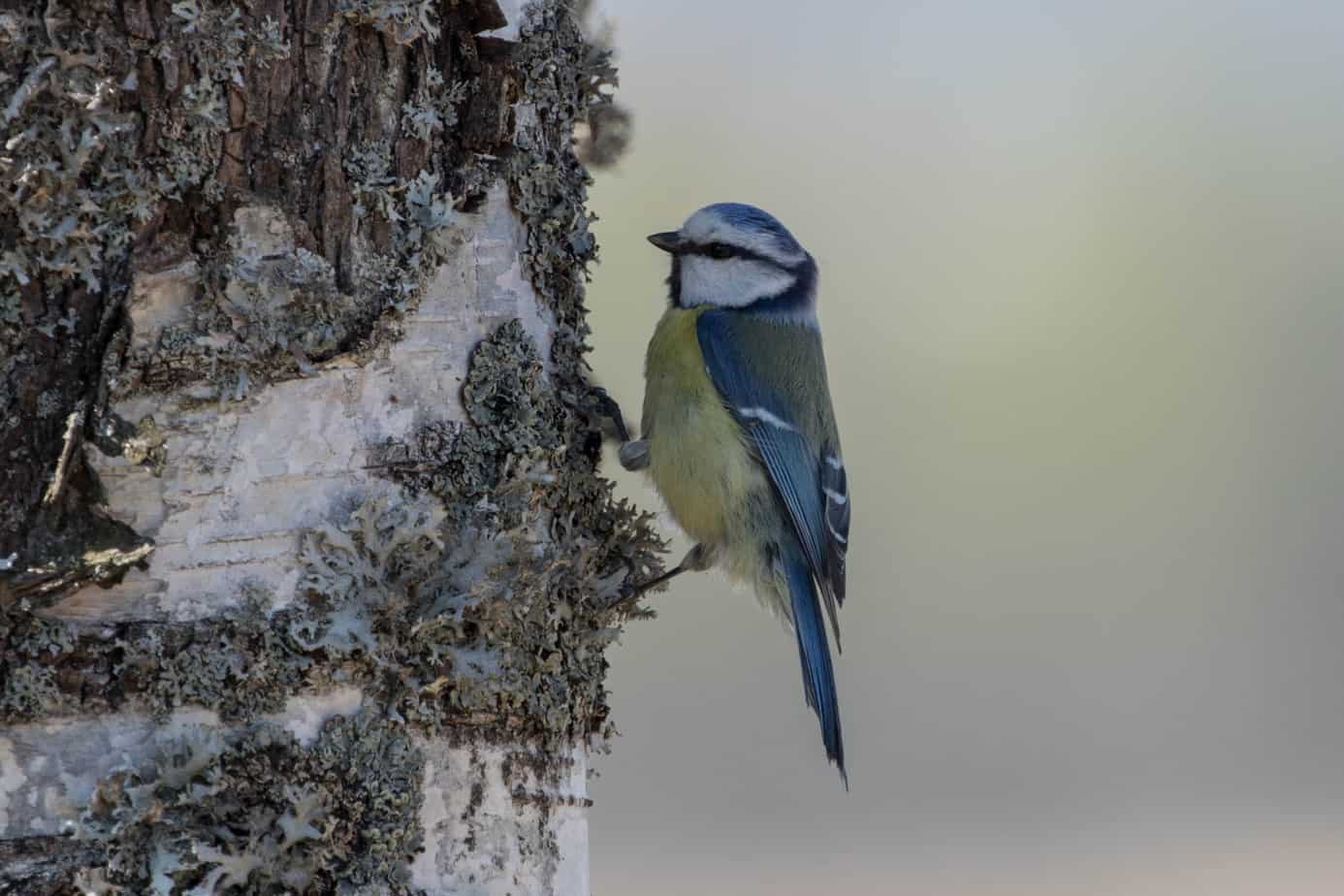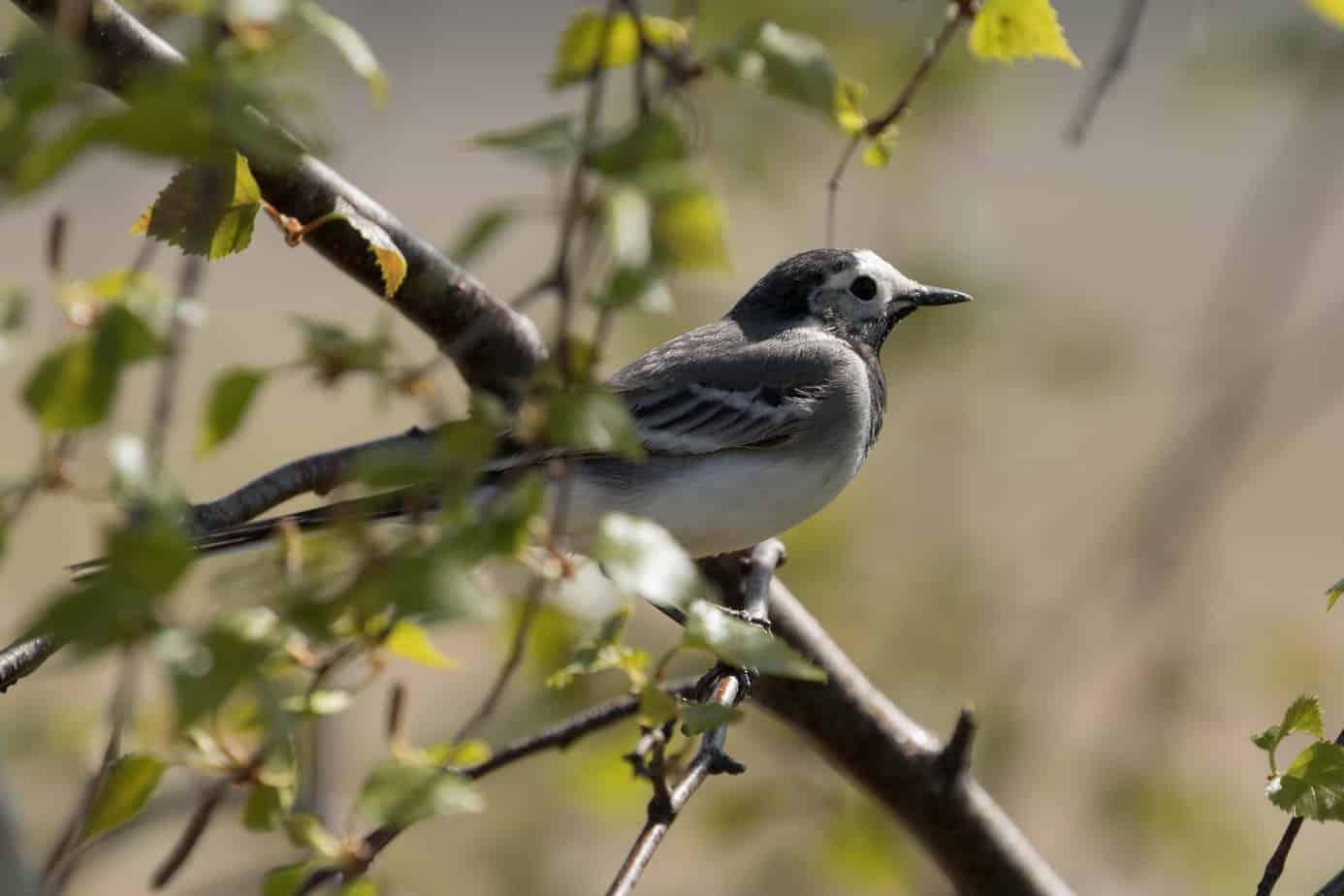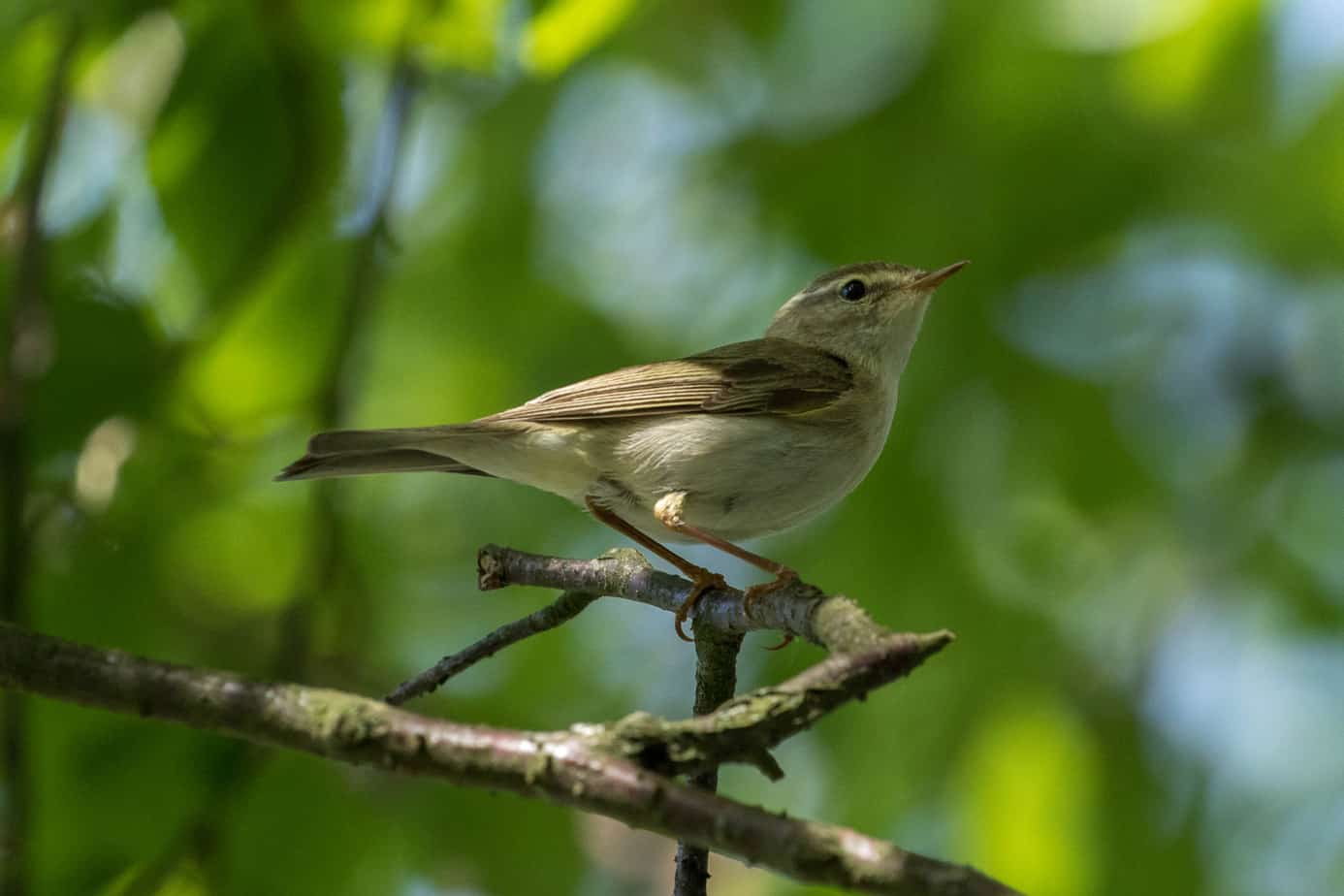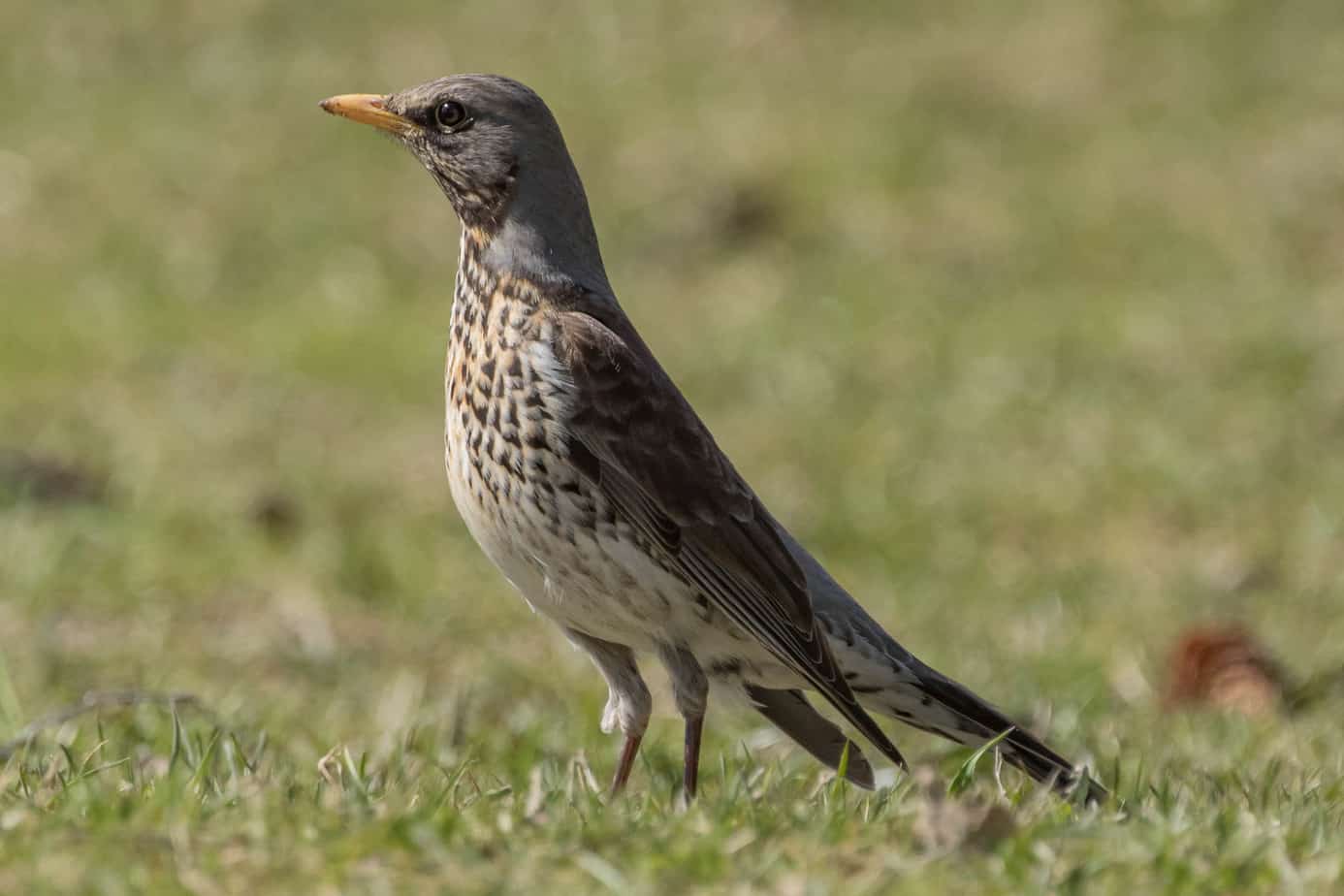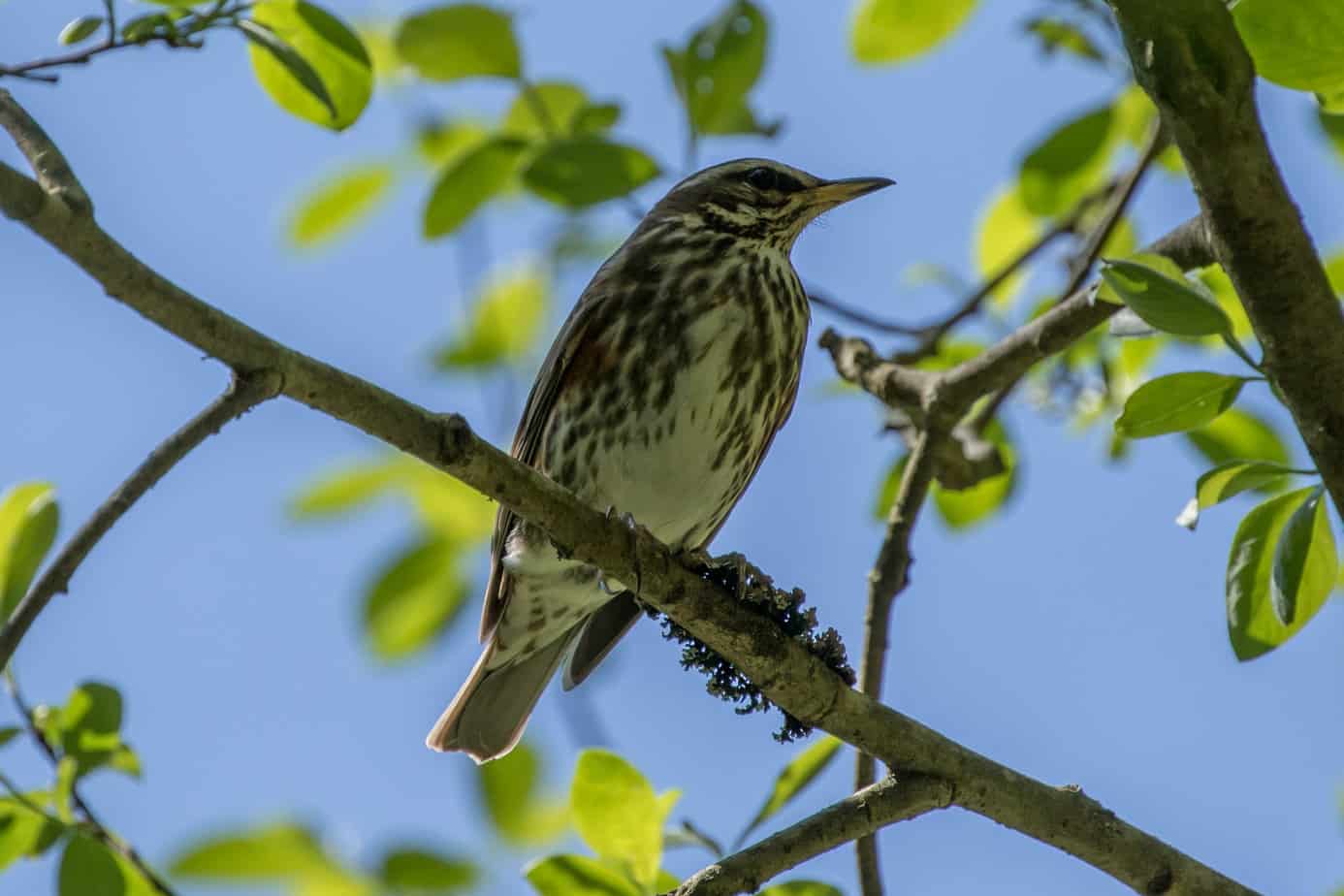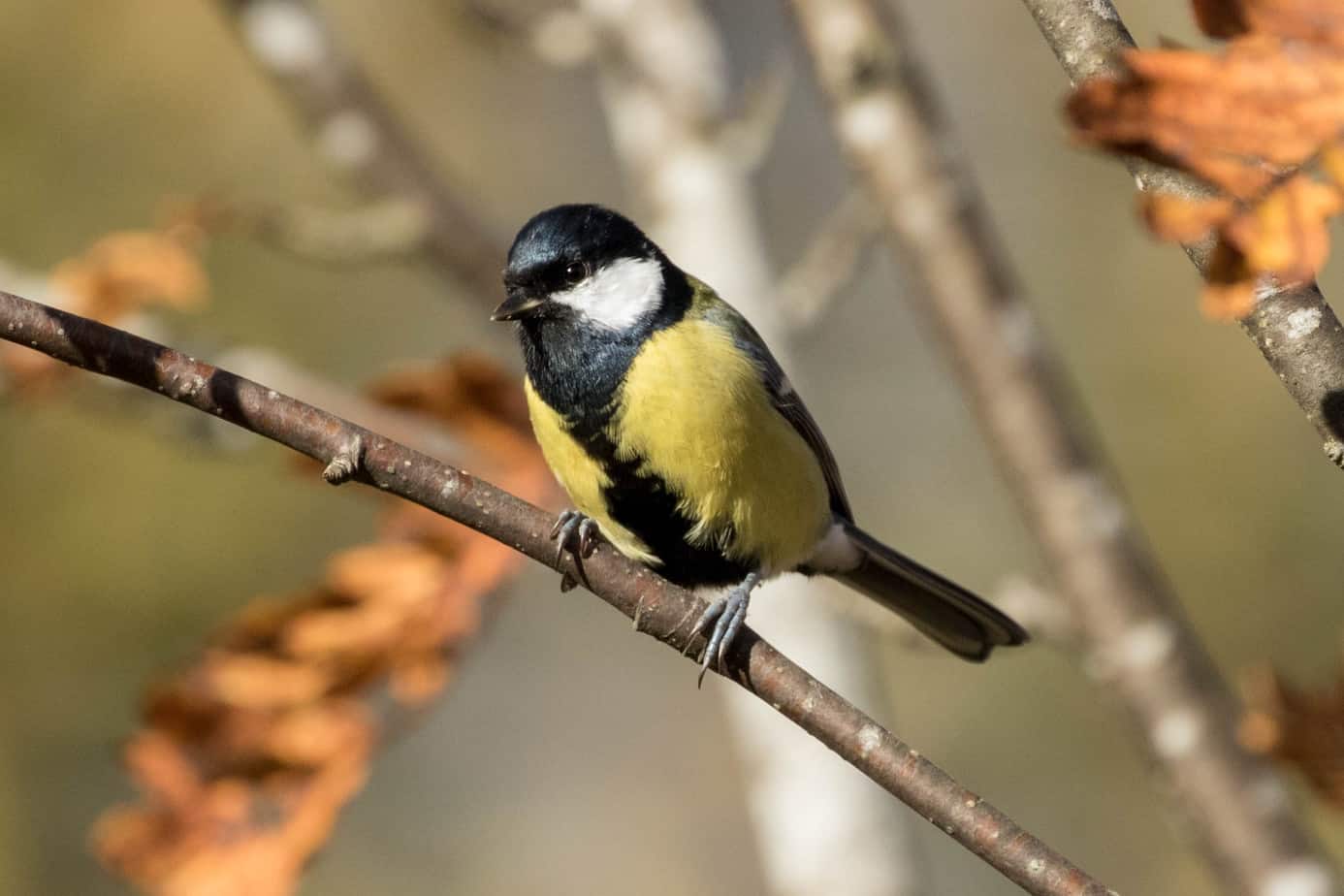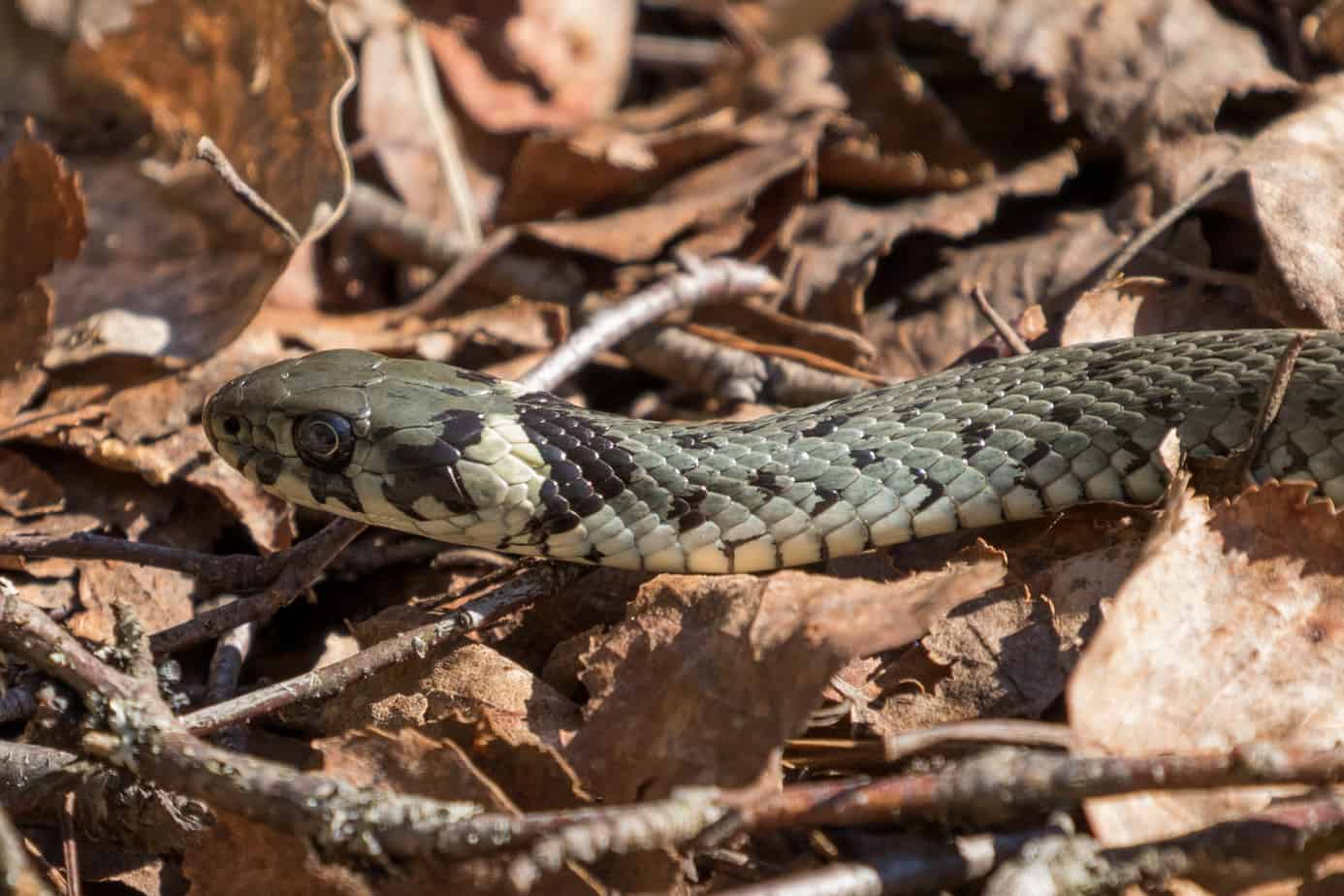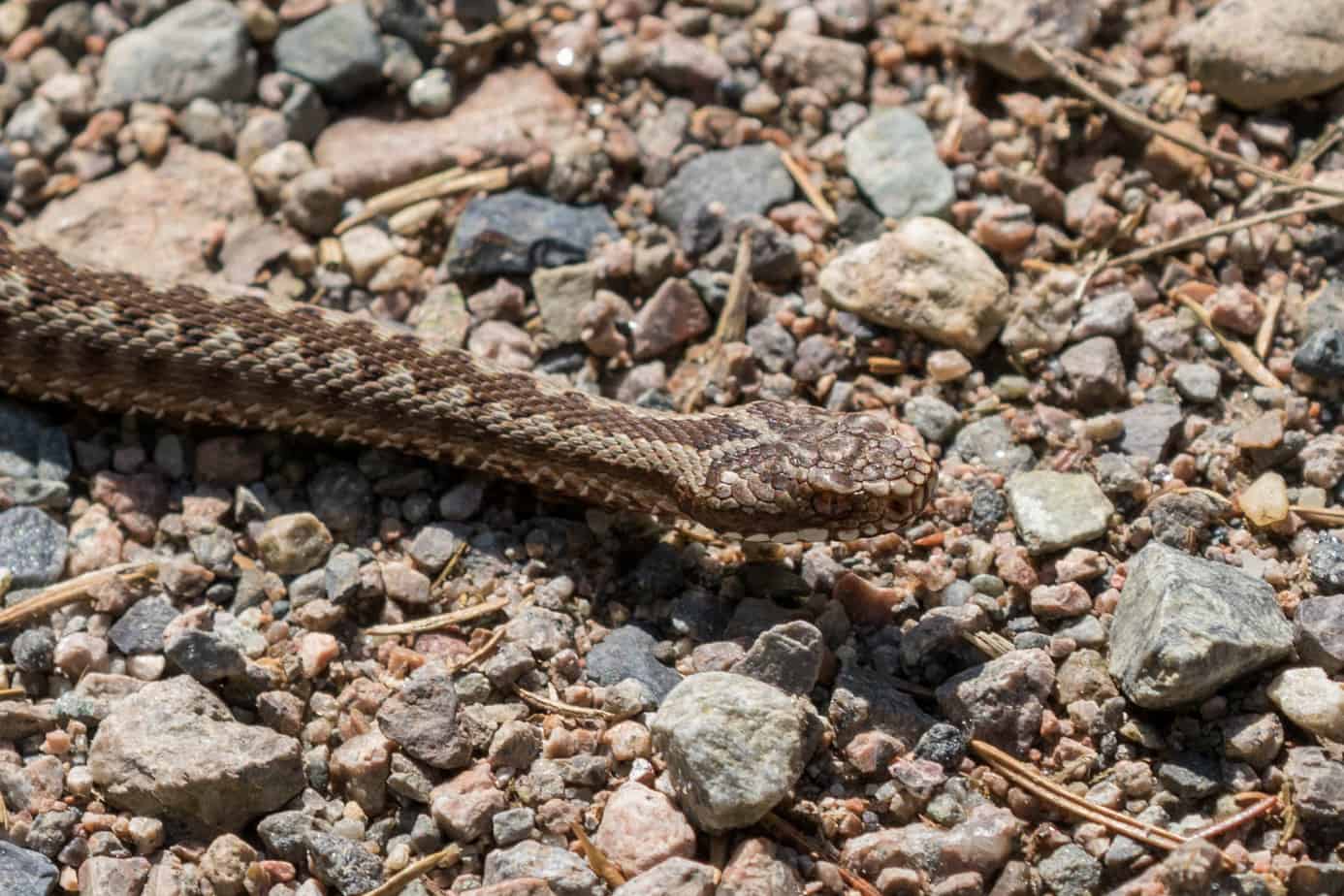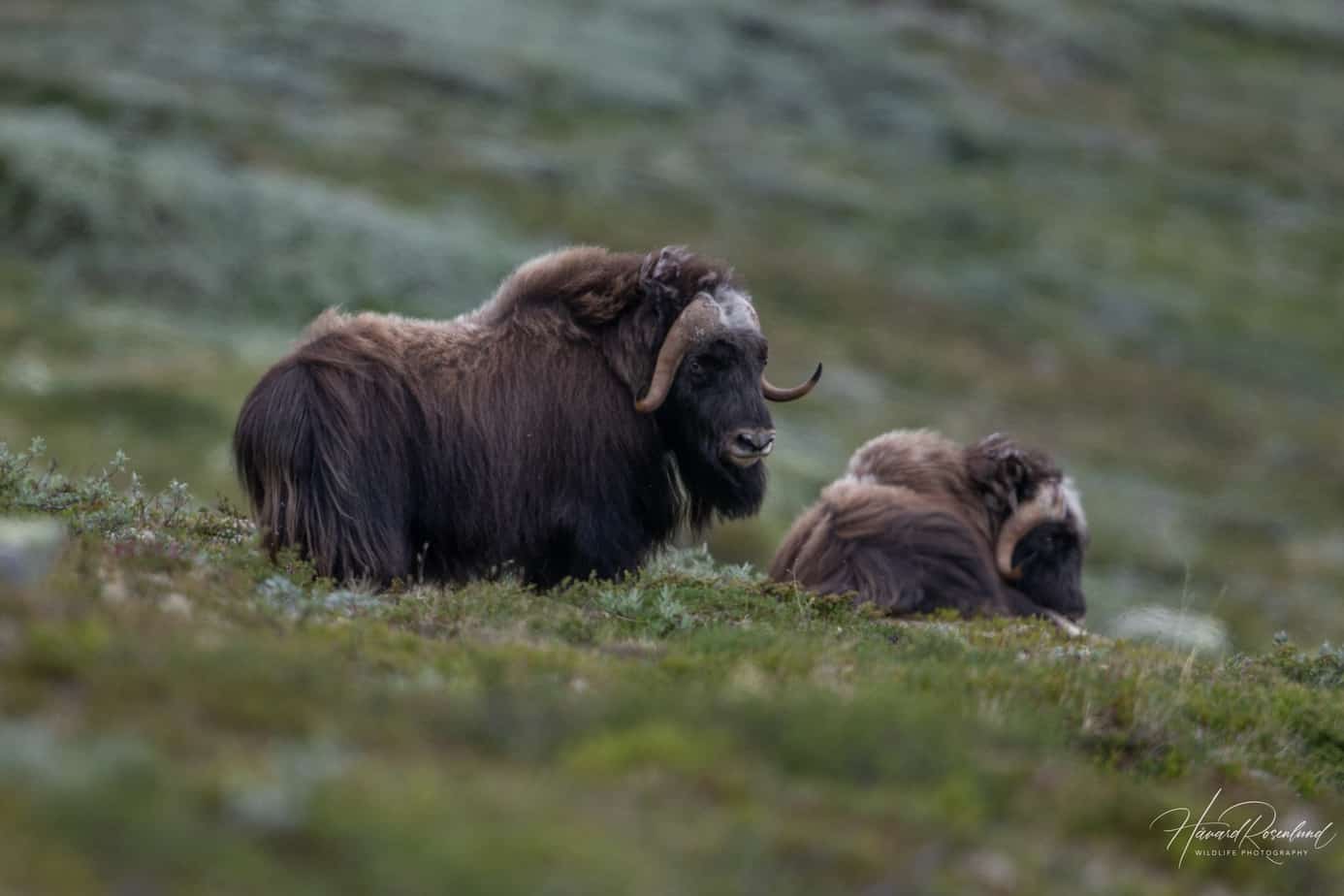
Summer is almost upon us here in Norway, and we’ve had spring now for maybe a month. Spring usually arrives to melt the snow sometime in April, but this year winter didn’t let go until the very first days of May. Spring time is bird time, so no matter how busy I’ve been with work and the new website, I had to make time for some trips outside with my brand new (year old) camera. As I’ve stated before, the place I live is not famous for its biodiversity, but I live next to the forest (a very quiet one I might add) and wildlife can be seen if you look hard enough. And I mean really hard. However, about 35 minutes away (driving) you get to Øyeren Nature Reserve, the largest inland delta in Northern Europe (or so they say). Lots more can be seen there, especially in terms of birds during migration, but finding them is still not that easy. As I do not own a car at the moment I have to borrow one, so the amount of times I can go there is limited.
Okay, so let’s get to the juicy stuff then. What have I discovered on my nature walks these last couple of weeks?
Let’s start with my two trips to Øyeren. For my first trip a couple of weeks back I had barely entered the reserve when I got a couple of ospreys flying above my head, which is very nice. I love birds of prey, and I hadn’t seen an osprey since my time in South Africa. Still, no great photos though (as they were quite high up), so no point adding them here. Apart from that it wasn’t too exciting in terms of photos. I saw a lot of different species, such as common crane, grey heron, mute swan, common tern, common starling, and lots of various songbirds, including a new species for me: Common reed bunting. However, I only got a handful of decent photographs, but as is often the case, they were of the common usual suspects, such as white wagtail, Eurasian blue tit, and willow warbler.
My second trip was yesterday. It rained a lot a couple of days back, so large portions of the reserve are now flooded, but I managed to get myself around. Birds were all over the place, but still, very little interesting in terms of species. Lots of blackbirds, chaffinches, great and blue tits, and willow warblers. However, I did get a new first, a spotted flycatcher, and new species are always exciting! I briefly saw I group of cranes flying past, which is also nice. There were a few bird calls I didn’t recognize, but the vegetation has become very dense already, making it hard to actually see, let alone photograph, the birds. My main mission for the day was to see if I could find a beaver, which I haven’t seen since I was a little boy. I arrived a bit too late in the day, so I didn’t have much hope. But as a famous Norwegian football manager said (in English): There’s always hope in a hanging snore!* So, to my delight and surprise, I actually saw one! It was a bit too far away for a decent photo, but I saw one, and I got photographic proof!
I’ve also done quite a few walks around my local area, and I’ve managed to pick out at least one spot with lots of bird activity and a surprisingly high diversity (for this area at least) just a 15-minute walk from my house. A place with a little stream and mixed vegetation of conifers, broad-leaved trees, and a more open area with tall grass, shrubs and smaller trees. The more variation in vegetation, the more variation in species, even though this is an area of only a few hundred square meters. In this area I got my first Eurasian treecreeper, my first blackcap, my first grey wagtail, and my first redwing (I’m new to birding in Norway, so don’t burn me for seeing (ID’ing) common species for the first time). I even got a raven here the other day, but only a crappy photo in flight. However, the redwings constantly chase me away from the area now that their chicks have hatched. Aggressive little things, at least these are. Also very common in this area are blackbirds, chaffinches, willow warblers, and great tits, but when are they not? Here’s a collection of birds photographed around my area.
Birds aren’t everything, however, and Norwegian nature have more to offer! Mammals are always at the top of my wish list, but you seldom see mammals in Norway, at least not large ones. You can be lucky and see a moose or a deer once in a while, such as I did in Øyeren last year, but that’s about it. Everything else needs a hell of a lot more effort. Squirrels, on the other hand, require a lot less effort and can be seen most places. I went to the local basketball course the other day to play with a few mates of mine, and for the first and only time I brought my camera. And what happened? Squirrels! A bunch of squirrels jumping all over the place. They must have known I brought my camera. It’s weird how these things work sometimes. Got a few decent shots as well.
One group of animals seldom associated with Norway is reptiles. But we got those as well, albeit not a great variety of them. We have three species of snakes, one legless lizard, and one “normal” lizard, called the common or viviparous lizard. You can see these from time to time, but it’s not like you see them every time you go out in nature. However, if my recent walks are anything to go by, Norway should be teeming with reptiles. On a walk a couple of weeks back I came across a nest of grass snakes. As I had never seen grass snakes before, and they’re not that common, I got very excited and took loads of photos. It’s Norway’s largest snake and it can grow to become over 1 meter long. It is a harmless non-venomous snake.
Just a few days ago, actually not far from where I saw the grass snakes, I came across a common adder, Norway’s only venomous snake. It’s not really dangerous, but if you react badly to the bite it can be serious. This is also Norway’s most common snake, and actually quite common to see in certain places, such as the forests around where I live. But it’s always awesome to come across, and this was the first time I’ve managed to photograph it.
Not long after I saw the adder, just a few hundred meters up the road, I got my third reptile species, out of the five in total in Norway. This time it was a slow worm, a legless lizard, often misidentified as a snake. This is perhaps the most common reptile in the forests around here, but, again, always nice to see and photograph.
All that is needed now is to find myself a common lizard, which should be around here somewhere, and a Coronella austriaca, commonly known as smooth snake, which is only found further south along the coast and not at all common, to complete the Norwegian reptiles list! Should be doable!
*For those wondering about the odd quote earlier, it’s from infamous Nils Arne Eggen, the manager of Rosenbrog Football Club in the 90’s. Probably during a post-match interview in the UEFA Champions League. His English was never all that. What he tries to say is that there is still a tiny hope for them still. However, he wanted to use a famous Norwegian saying: “Det er håp i hengende snøre”, which means something like: “The hope is hanging in a rope”. He just blurted it out a bit too directly without translating the words first.


